Pizza nights in our house were never the same after I made my first gluten free sourdough pizza crust. I remember one quiet evening when the tangy aroma filled the kitchen, and my youngest asked, “Is this really gluten free, Mama?” That moment felt like magic.
The golden edges, soft chewy middle, and rustic sourdough flavour brought so much joy to our dinner table. If you’ve been searching for a gluten free pizza crust that tastes like traditional pizza, this recipe will become your new favourite.
Table of Contents

Gluten Free Sourdough Pizza Crust: Easy, Crispy, and Delicious
- Total Time: 3 hours 30 minutes
- Yield: 1 thick or 2 thin crusts
- Diet: Gluten Free
Description
Crispy, tangy, and easy gluten free sourdough pizza crust for perfect homemade pizza nights.
Ingredients
12–15g psyllium husk
300g filtered water, room temperature
150g gluten-free sourdough starter or fresh discard
80g potato, tapioca, or arrowroot starch
145g gluten-free whole grain flours (quinoa, sorghum, or brown rice)
10g sea salt
Instructions
1. Mix psyllium husk and water in a large bowl. Let sit for 5 minutes to gel.
2. Add sourdough starter or discard. Mix until creamy.
3. Add starch, flours, and salt. Stir until smooth dough forms.
4. Let rest if sticky. Dough should be soft and easy to form.
5. For thick crust keep as one ball. For thin crusts divide into two.
6. Place in greased bowls. Cover and rise for 3 hours at room temperature or overnight in fridge.
7. Preheat oven to 450°F with pizza pan inside.
8. Place dough on greased parchment. Drizzle with olive oil. Press into circle shape.
9. Slide onto hot pizza pan. Bake 10 minutes until golden.
10. Add toppings. Bake 5-10 minutes until cheese melts and edges crisp.
Notes
If dough feels too sticky, let it rest longer.
Use fresh sourdough discard for best results.
Add herbs or garlic oil for flavour variations.
Store par-baked crusts in freezer up to 3 months.
- Prep Time: 10 minutes
- Cook Time: 20 minutes
- Category: Dinner
- Method: Baking
- Cuisine: American
Why Gluten Free Sourdough Pizza Crust Is Worth Making
The Benefits of Gluten Free Sourdough Pizza Crust
Using a gluten free sourdough pizza crust isn’t just about avoiding gluten. The fermentation process in sourdough helps break down starches, making the crust easier to digest and gentler on your gut. You also get a beautiful depth of flavour with that slight tang only sourdough can bring.
Unlike many store-bought gluten free crusts that taste bland or dry, this homemade version turns out light, crispy on the edges, and perfectly chewy in the middle. It’s a nourishing, feel-good choice for your pizza nights.
Key Ingredients for the Perfect Crust
- Here are the essentials you’ll need for this gluten free sourdough pizza crust:
- Gluten free sourdough starter or fresh discard for natural rise and tang
- Psyllium husk is used to add elasticity and hold the dough together.
- Use room temperature filtered water to evenly activate the psyllium and starter.
- Starch such as potato, tapioca, or arrowroot for chewiness
- Whole grain gluten free flours like sorghum, quinoa, or brown rice for structure and nutrition
- Sea salt to balance flavours
- Each ingredient works together to give your crust the stretch, softness, and crispness that makes homemade pizza so satisfying.
How to Make Gluten Free Sourdough Pizza Crust Step by Step
Preparing Your Dough
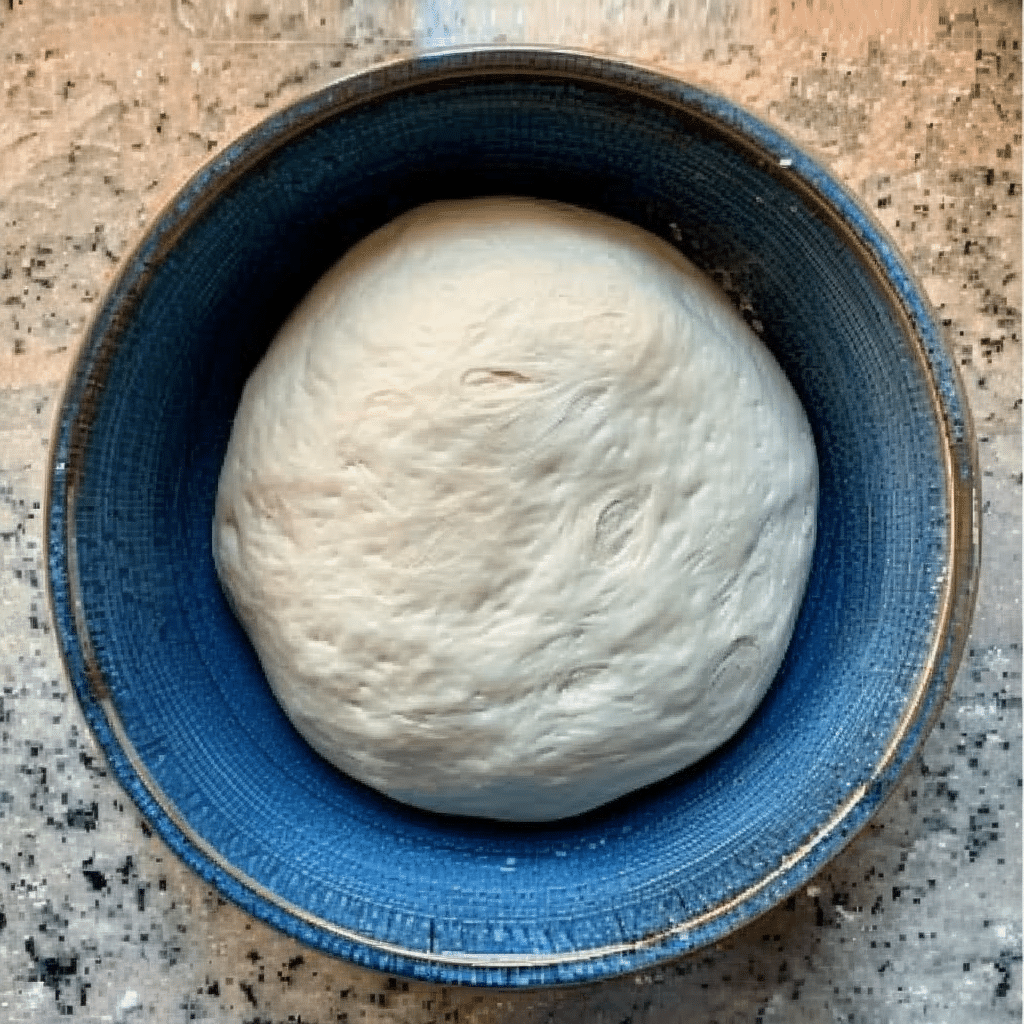
Making gluten free sourdough pizza crust at home feels like crafting something special.
First, pour room temperature filtered water into a large bowl. Sprinkle in the psyllium husk and stir well. Wait about five minutes. It will turn into a thick gel that gives your gluten free sourdough pizza crust its signature stretch.
Add your sourdough starter or fresh discard. Stir until the mix becomes creamy with a light tangy scent. This is when you know your gluten free sourdough pizza crust is off to a flavourful start.
Next, add your chosen starch, gluten free whole grain flours, and sea salt. Combine all ingredients until you achieve a smooth dough consistency. If it feels too sticky, let it sit for a few minutes. The psyllium and flours will absorb extra moisture, making it easier to handle.
You can use a stand mixer or simply a sturdy spoon. I often use my wooden spoon and a bit of arm strength. When the dough feels soft but not wet, it’s ready. It should form into a gentle ball, holding its shape without sticking to your hands.
Rising, Shaping, and Baking
Decide on your crust style before rising.
To achieve a thick crust, maintain the dough in a single ball.. For thin crusts, divide it into two equal pieces. Place each in a lightly greased bowl. Cover and let them rise for about three hours at room temperature. If you prefer a deeper flavour, you can place them in the fridge to rise slowly overnight.
When you’re ready to bake, preheat your oven to 450°F with your pizza pan inside. This creates the crisp base every good gluten free sourdough pizza crust needs.
Lay parchment paper on a cutting board and grease it lightly. Turn out your dough onto the paper. Add a drizzle of olive oil if it feels sticky, then press it out into a round shape. Utilize your fingers to move from the middle towards the edges. Remember, gluten free sourdough pizza crust dough won’t stretch like wheat-based dough, but it presses easily into shape.
Slide the parchment with the dough onto your hot pizza pan. Bake for about 10 minutes until the crust feels firm and starts turning golden.
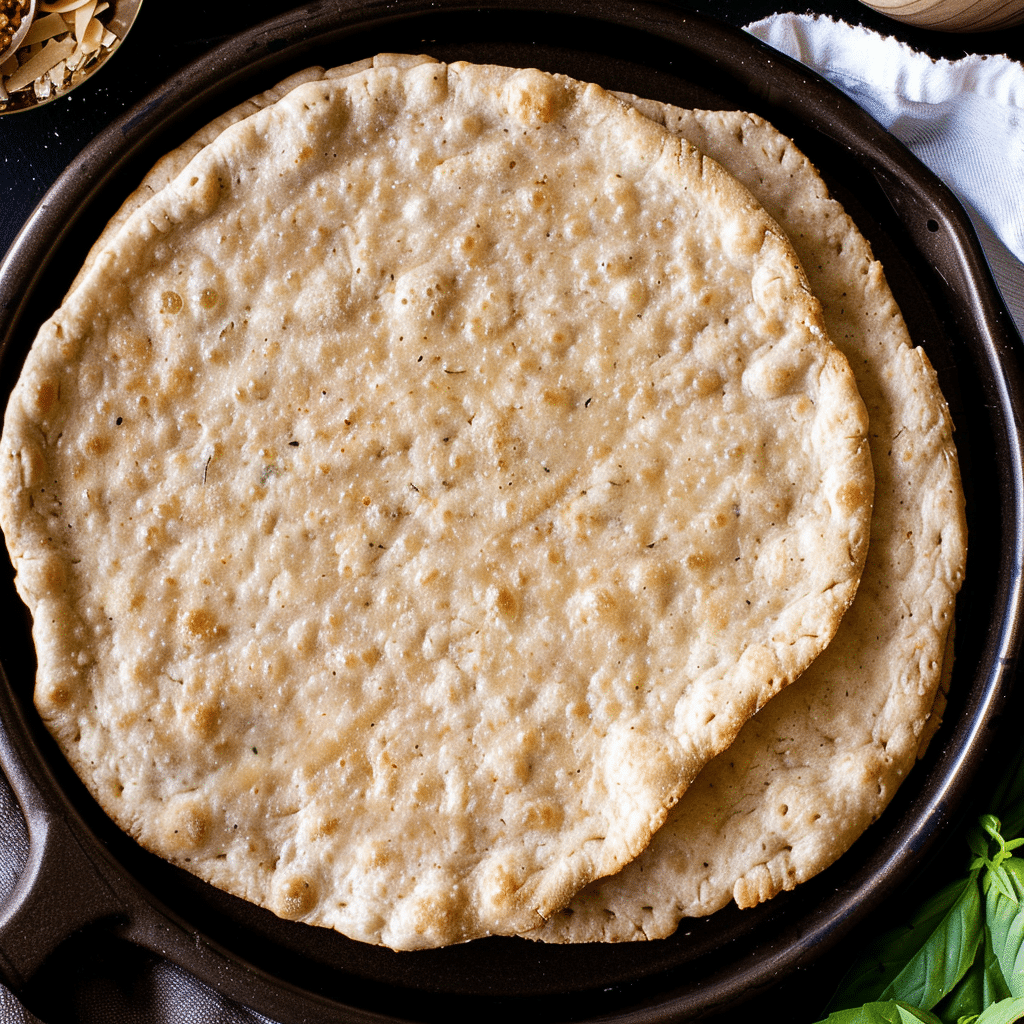
Remove from the oven. Carefully slide your gluten free sourdough pizza crust off the parchment and directly onto the hot pan. Add your favourite toppings and bake again for another 5 to 10 minutes until the cheese melts and the edges crisp beautifully.
Tips and Secrets for the Best Gluten Free Sourdough Pizza Crust
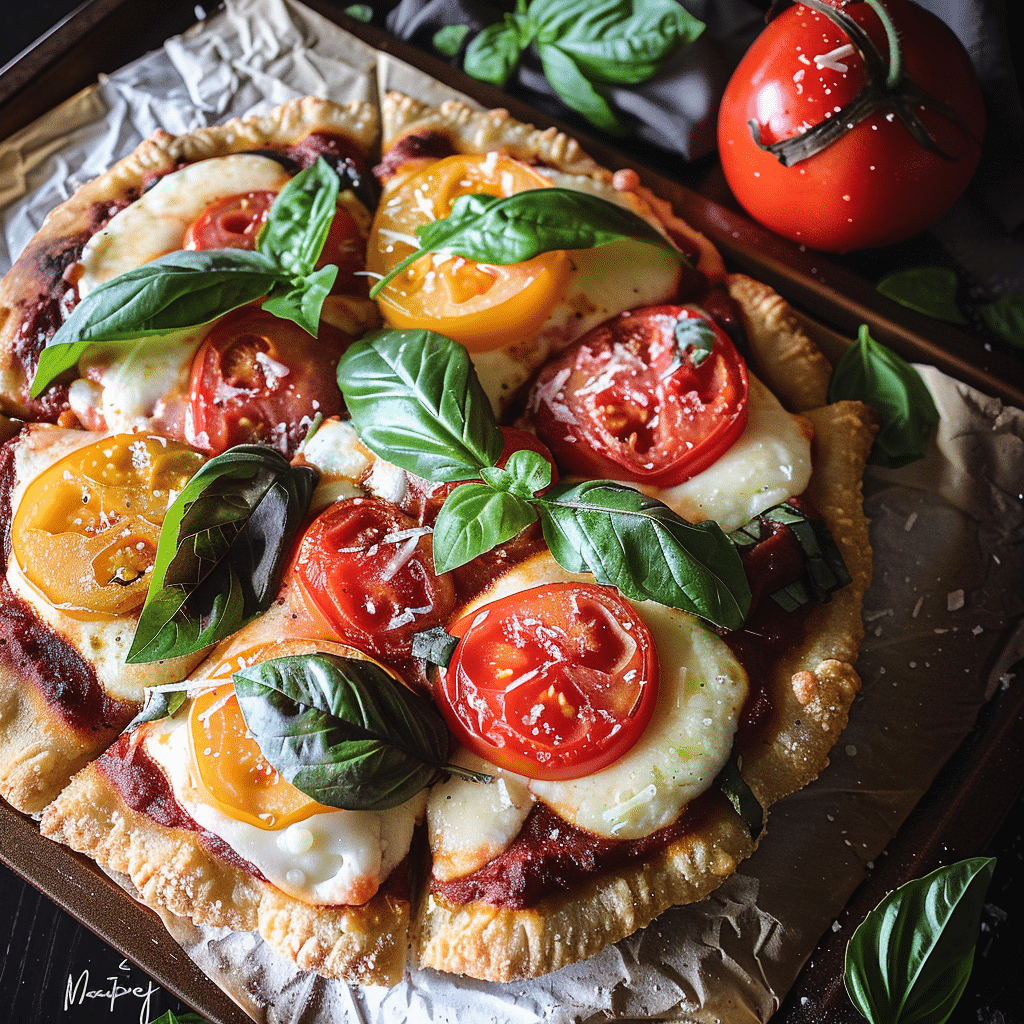
Troubleshooting Common Issues
Sometimes your gluten free sourdough pizza crust might feel too sticky after mixing. If this happens, don’t panic. Simply let the dough rest for five to ten minutes.
The psyllium and flours need time to absorb moisture fully. After resting, if it still feels too sticky, sprinkle a little extra gluten free flour while shaping. Be careful not to add too much, as this can make your crust dense.
If your crust turns out gummy in the middle, it may need a slightly longer bake time. Ovens vary, so check the bottom of your crust before removing it from the oven.
It should be golden and firm to touch. If your edges brown too quickly, place a piece of foil around the edges to protect them while the centre finishes baking.
Variations to Try
You can personalise your gluten free sourdough pizza crust with different flour blends. For a nuttier flavour, swap part of your brown rice flour with quinoa flour. If you love a rustic touch, try adding sorghum flour for its mild, earthy notes.
For herb lovers, mix dried oregano, basil, or rosemary directly into the dough before shaping. It infuses your gluten free sourdough pizza crust with warmth and aroma. Another variation is brushing olive oil mixed with minced garlic over the crust edges before the final bake. This creates a golden, garlic-scented edge that pairs beautifully with any topping.
If you prefer a thin, cracker-like base, press the dough out thinner and pre-bake it slightly longer before adding toppings. For a thicker, chewier crust, shape it slightly thicker and ensure a full rise to give it that airy, bread-like interior.
Benefits of Gluten Free Sourdough Pizza Crust
Health Benefits of Gluten Free Sourdough Pizza Crust
One of the biggest benefits of gluten free sourdough pizza crust is easier digestion. The natural fermentation process in sourdough helps break down starches, making nutrients more available for your body to absorb. This means you enjoy a delicious pizza night without feeling heavy or bloated after.
Another benefit is improved gut health. The fermentation process in sourdough encourages the growth of beneficial bacteria, aiding your digestive health. Plus, this crust contains fibre-rich whole grain gluten free flours, keeping you fuller for longer and balancing your blood sugar.
Finally, you get a beautiful tangy flavour and airy texture that store-bought gluten free crusts often lack. Making gluten free sourdough pizza crust at home also lets you control every ingredient for a fresher, healthier meal.
Conclusion
Making gluten free sourdough pizza crust at home is simpler than it sounds. You’ll enjoy pizza nights filled with real flavour, crispy textures, and the peace of knowing every ingredient supports your health. Whether you love thin, crunchy bases or thick, fluffy crusts, this recipe will become a staple in your kitchen, bringing warmth and ease to every pizza night.
FAQs About Gluten Free Sourdough Pizza Crust
Is gluten-free sourdough possible?
Yes, absolutely. Gluten free sourdough uses naturally gluten free flours and a gluten free starter. Experience the advantages of sourdough without the gluten.
Does sourdough pizza have less gluten?
Traditional sourdough pizza still contains gluten unless made with gluten free flours. Fermentation breaks down some gluten but does not remove it completely. Gluten free sourdough pizza crust is your safe option if you avoid gluten.
How does gluten free pizza crust taste?
This gluten free sourdough pizza crust tastes tangy, earthy, and slightly nutty. The inside is tender while the edges are crispy and golden, reminiscent of traditional pizza.
Can sourdough discard be used in this recipe?
Yes. Fresh discard works beautifully in gluten free sourdough pizza crust, adding flavour and moisture. Avoid discard that has been in the fridge for days, as it can taste too sour.
If you’re using fresh discard, you can also try it in my sourdough discard pizza dough recipe for a classic option.
If you enjoy experimenting with sourdough, try our sourdough pizza rolls recipe for a fun, cheesy twist on classic pizza flavors.
Not gluten free? My No Yeast Sourdough Discard Pizza Dough makes a chewy, flavorful crust without waiting overnight.
For more recipes follow me on : pinterest and medium
Warning: This article is provided for strictly informative purposes and cannot be replaced in any case as a medical professional, a diagnosis or a treatment.
For all health questions, you should consult a qualified health professional.

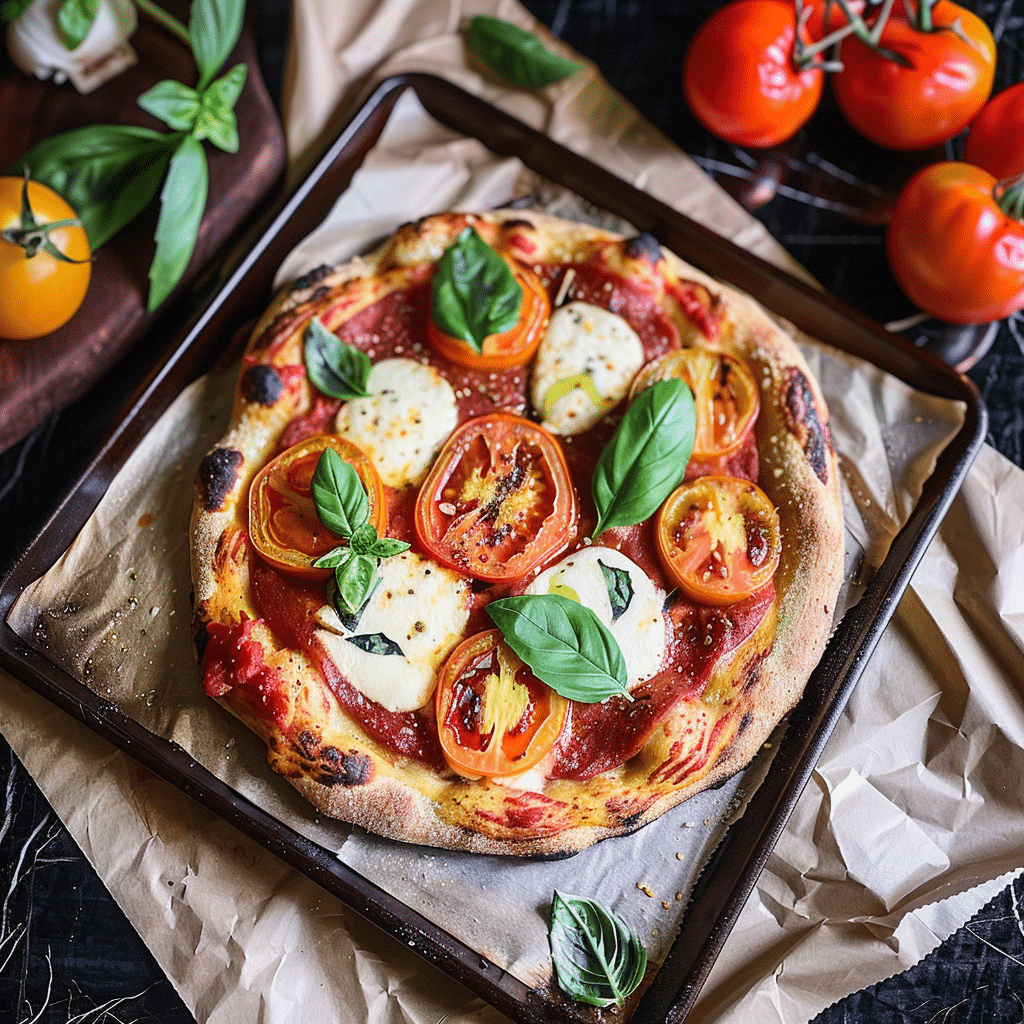




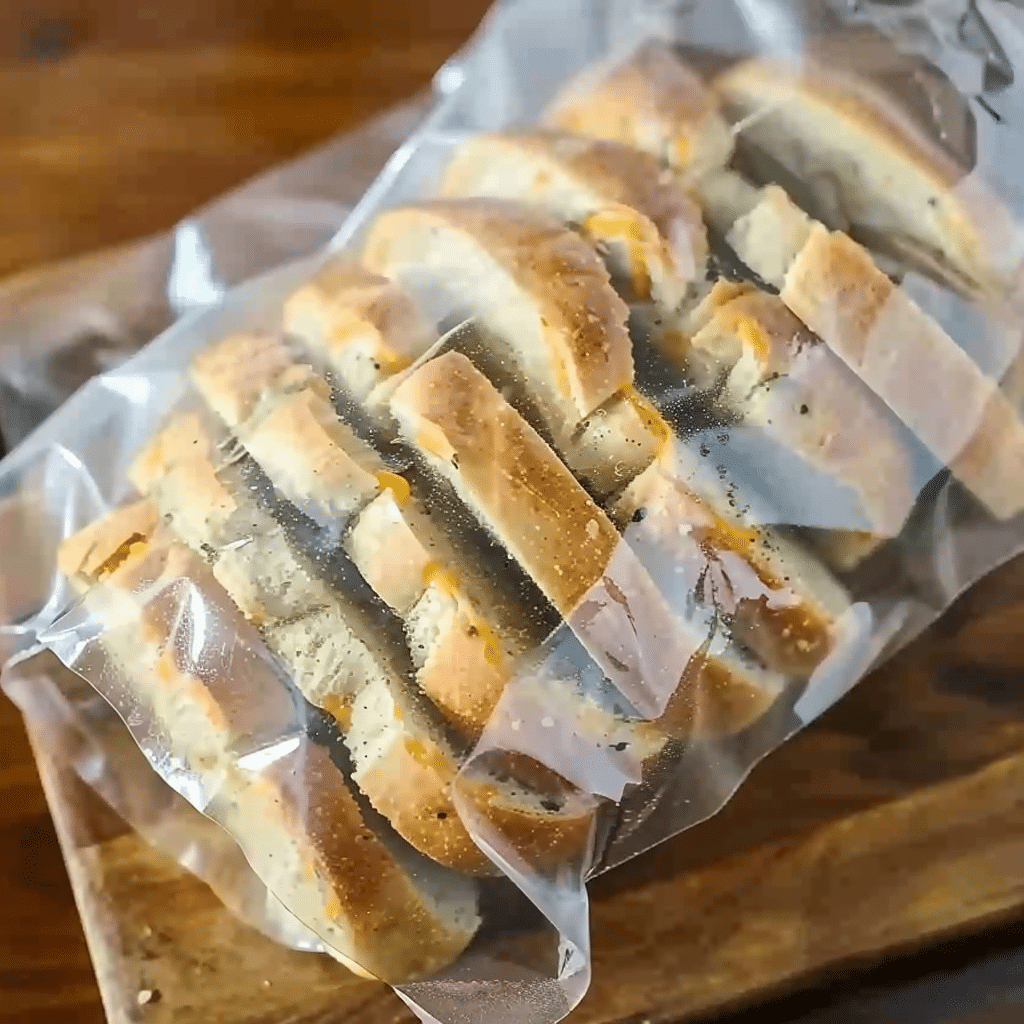
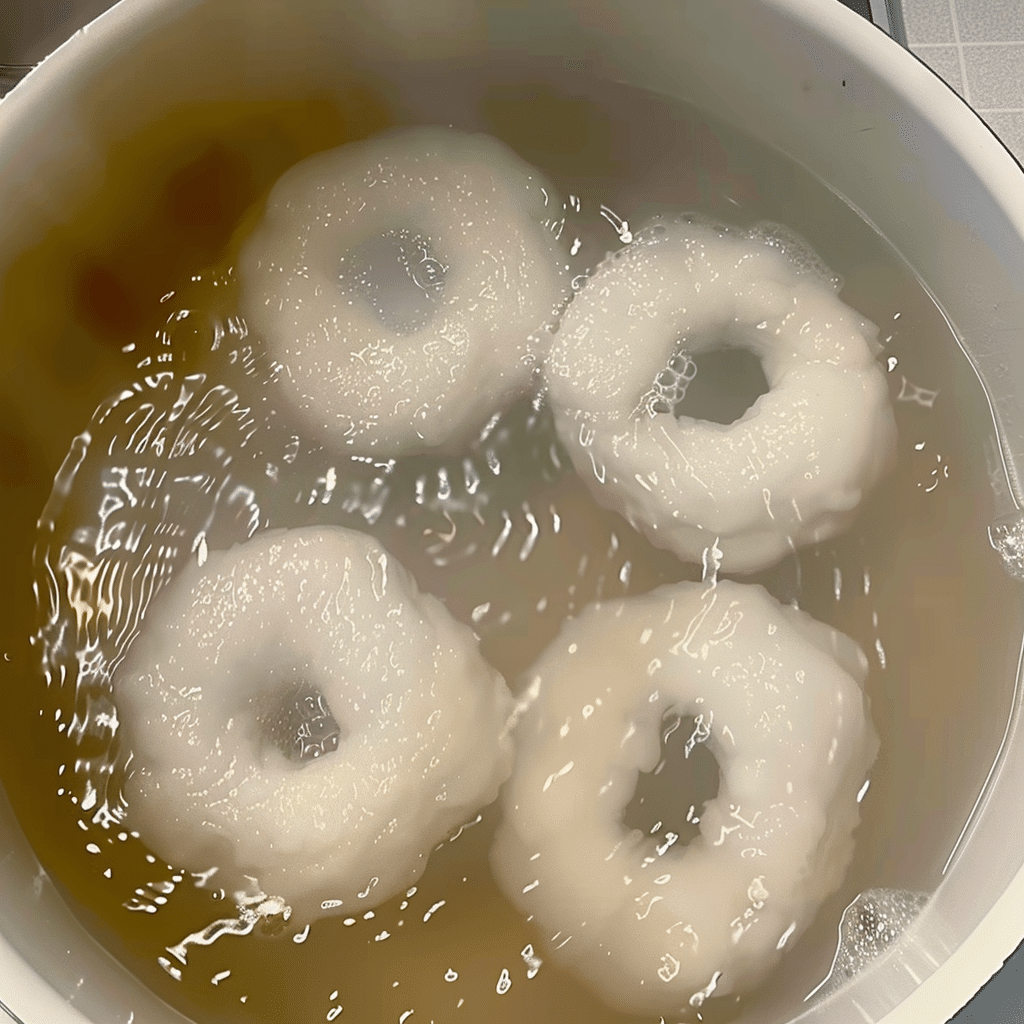


1 thought on “Gluten Free Sourdough Pizza Crust: Easy, Crispy, and Delicious”